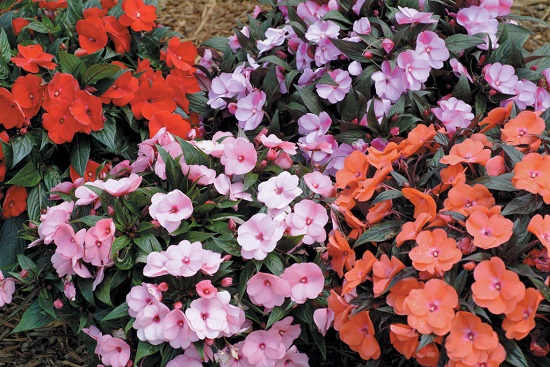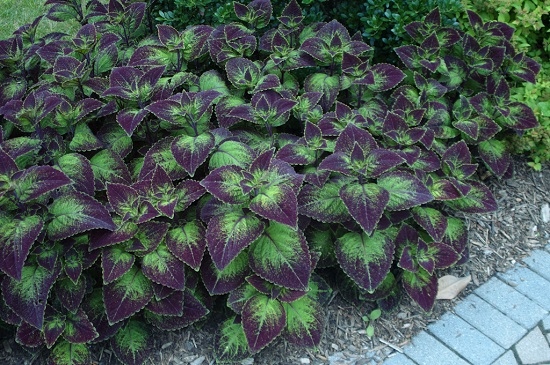
The Almanac Garden Planner - Use It Free for 7 Days!
Plan your 2025 garden with our award-winning Garden Planner.
ADVERTISEMENT
I live in columbia South Carolina have this in large pot will it survive during winter?or do i need to bring in?
I'm through with the ever so lovely impatiences for the year 13, 14 was a disaeter .have the vedors found a cure? Why would they keep on selling them?
i am waiting for my crop to grow, they gave just started seeding
My Impatiens died off last year and this year. Is there anything I should do to the soil to prevent the spread of this for next years annuals. I plan to plant New Guineas next year.
Try solarizing your soil. Pull out everything from the ground, wet it well and cover with a sheet of clear plastic. Secure the edges with bricks, stones or boards. Let it set for six weeks while the sun bakes the soil. Temperatures will approach 200F and all bacteria, fungi and virus will be killed. Because your soil will be sterile next spring, be sure to add compost and organic matter to reintroduce the good bacteria and fungi that help plants grow.
I just bought a flat of impatiens this past weekend...are you saying they sold me bad stock? Should I return it before it is planted?
I planted hundreds of impatiens last year and lost them. Now i know why. I just love these plants. Are you saying that we shouldn't plan on growing them ever? How can I find a garden center that has impatiens not infected? Is there anything you can spray on them to prevent this? What if I grew them from seed?
I read that the seeds of impatiens (wallerina) are not infected with downy mildew disease--so far. You can try raising them from seed or use New Guinea impatiens or SunPatiens in their place. Both are disease-free, because they are a different species.
I thought New Guinea impatiens needed a bit more sun than standard impatiens, and did best with 4-6 hours of afternoon shade not full shade
New Guinea impatiens also do well in the shade. Flowers are smaller and plants don't spread as much. Just plant them closer in the shade. Sunpatiens, which takes lots of sun, can also be used in the shade in the same manner.













